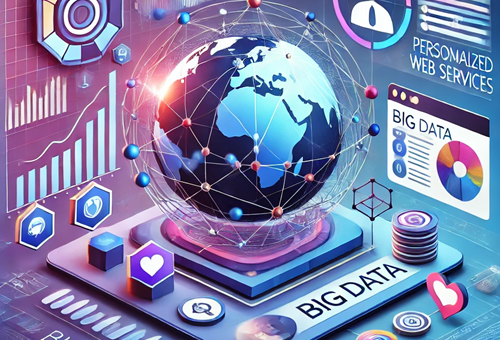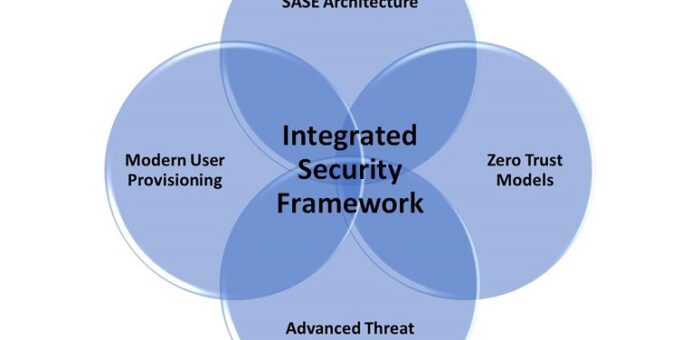In today’s digital age, personalization has become a cornerstone of user experience across web services. From e-commerce platforms suggesting products tailored to individual preferences to streaming services curating content based on viewing history, personalized web services have transformed how users interact with the internet. At the heart of this transformation lies big data—a powerful force driving customized experiences and improved user satisfaction.
What is Big Data?
Big data refers to the vast volumes of structured and unstructured data generated daily from various sources, including social media interactions, website visits, online transactions, and sensor data. This data is characterized by its large volume, high velocity, and wide variety, requiring specialized tools and technologies for storage, processing, and analysis.
How Big Data Powers Personalization
Big data plays a pivotal role in enabling personalized web services by providing the insights necessary for understanding user behaviors, preferences, and needs. Here’s how:
1. Data Collection
Web services collect massive amounts of user data through cookies, account activity, and interaction tracking. This data serves as the foundation for personalization, capturing user preferences, search history, and purchasing patterns.
2. Data Analysis
Advanced analytics tools and algorithms, such as machine learning models, process this data to identify patterns and correlations. For instance, an e-commerce site can analyze past purchases and browsing behavior to recommend products that match a user’s interests.
3. Segmentation and Targeting
Big data enables the segmentation of users into distinct groups based on shared characteristics. This segmentation allows web services to deliver targeted content and offers that resonate with specific user groups, enhancing engagement and conversion rates.
4. Real-Time Customization
Modern big data tools facilitate real-time analysis, allowing web services to personalize experiences instantly. For example, a news website can suggest trending articles based on a user’s recent reading habits and location in real time.
5. Continuous Learning and Improvement
Big data systems continuously learn from new data inputs, enabling web services to refine their personalization strategies over time. This iterative improvement ensures that recommendations and content remain relevant and engaging.
Examples of Big Data in Personalized Web Services
- Netflix: Uses viewing history and user ratings to recommend movies and shows tailored to individual tastes.
- Amazon: Suggests products based on browsing history, purchase behavior, and wish lists.
- Spotify: Curates personalized playlists based on listening habits and user preferences.
- Google Search: Provides search suggestions and personalized results based on past searches and location data.
Benefits of Big Data in Personalization
- Enhanced User Experience: Personalized web services create a more relevant and engaging experience for users.
- Increased Engagement: Tailored content encourages users to spend more time on platforms.
- Higher Conversion Rates: Targeted recommendations can drive sales and subscriptions.
- Better Customer Retention: Personalized experiences foster loyalty and repeat visits.
Challenges and Considerations
While big data offers significant benefits, it also presents challenges:
- Data Privacy: Collecting and using personal data raises privacy concerns. Compliance with regulations like GDPR and CCPA is essential.
- Data Security: Ensuring the security of vast datasets against breaches is critical.
- Bias and Fairness: Algorithms must be carefully designed to avoid biases that could lead to unfair treatment of certain user groups.
Conclusion
Big data has revolutionized personalized web services by enabling platforms to deliver content and recommendations tailored to individual preferences. As technology continues to advance, the role of big data in shaping user experiences will only grow stronger. However, companies must balance personalization with privacy and security to build trust and offer ethical digital experiences.


